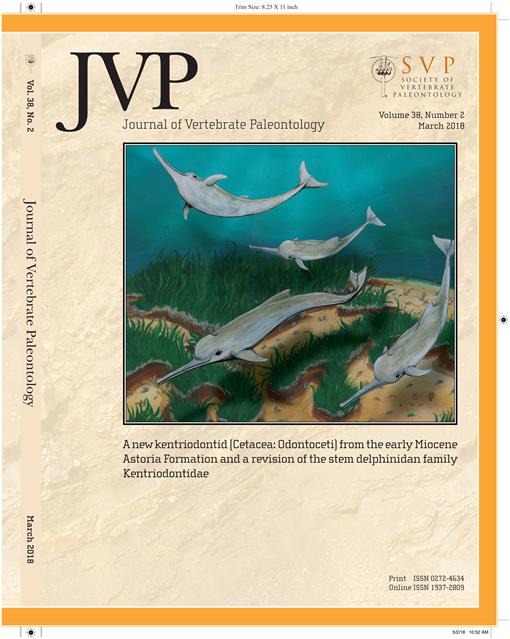Confuciusornis sanctus has been heralded as a bird with an ancestrally diapsid skull, although this does not match its phylogenetic position as determined by other skeletal features. Based on 13 cranial specimens in European collections, we demonstrate that the observed scaffolding in the temporal region is highly derived and comparable to some of 21–23 cases of secondary bridges across the temporal fossa that evolved in modern birds. In Confuciusornis, the temporal fossa is crossed by a secondary temporal bar (absent in Eoconfuciusornis) that is continuous with the braincase but discontinuous with the postorbital process. A small postorbital bone (if present) is covered by this secondary ossification. The postorbital process is continuous with a prominent supraorbital rim and extends to the jugal as in sally-striking birds, including some Podargidae (Podargus), Leptosomidae, Brachypteraciidae, Coraciidae, Bucconidae, and Galbulidae, which tend to have wide gapes, large jaws with deep cranial rostra (and the nasal opening in a caudal position), and require additional attachments of musculus adductor mandibulae externus for fast and powerful snatching of the prey. The best modern analogue for the secondary temporal scaffolding seen in Confuciusornis is provided by Podargus, in which the long postorbital process is propped up by the temporal bar in addition the secondary bridge across the temporal fossa. The cranial evidence identifies Confuciusornis sanctus as a sally-striking predator.
How to translate text using browser tools
1 March 2018
Cranial Morphology of the Early Cretaceous Bird Confuciusornis
Andrzej Elzanowski,
D. Stefan Peters,
Gerald Mayr
ACCESS THE FULL ARTICLE





